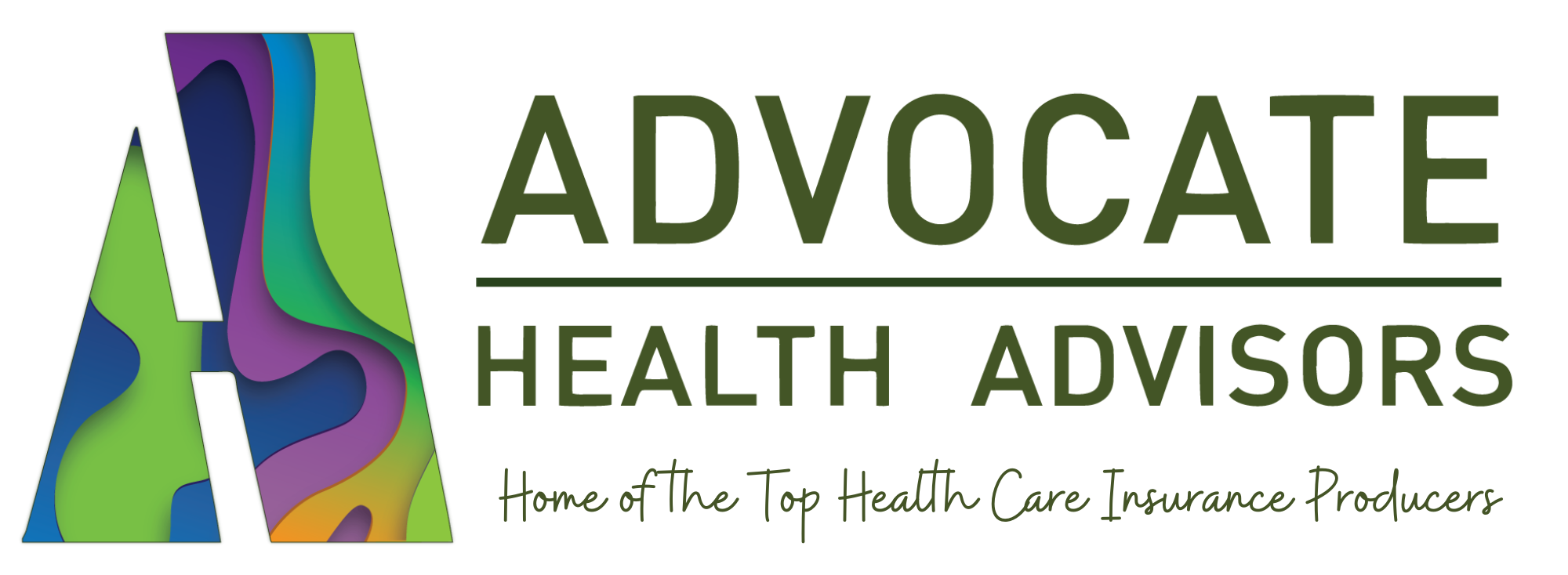NOTE: This blog post was taken from Need to Know: How to Arm Yourself and Survive on the Healthcare Battlefield (2018) by Darwin Hale, COL (RET), USAR, the Founder & CEO of Advocate Health Advisors. Darwin is a respected entrepreneur, author and decorated military officer with more than 30 years’ experience in the corporate world to include serving in the United States Army and Army Reserve (USAR).
No area of America’s economy is more important than health care. This is true for economists, business people, government planners and for you, the patient and consumer of health care services. Health care spending accounted for 18 percent of America’s Gross Domestic Product in 2020, and the CMS (Centers for Medicare Services) projects that this figure will be almost 20 percent of GDP by the year 2025. Like the food and agriculture sector, health care is a part of the economy that touches virtually every person. You are now, or will be, a consumer of health care services.
Most of those consumers will tell you that America’s health care system is broken, that it is not delivering the level and quality of care that they pay for. Hard, cold economic facts confirm this popular feeling: we are just not receiving the value-for-dollar results for which we pay! According to Johns Hopkins Medical School researchers, 250,000 hospitalized patients died from medical errors in a recent year. Medical error was the third leading cause of death in the U.S., trailing only heart disease and cancer! Americans pay more for health care than do citizens of any other nation, yet they have shorter life expectancies than do the Canadian, Swiss, British or German people.
The chance of dying from a medical error may seem remote, but most of the people reading this article will have experienced some frustration or failure while dealing with the health care system. Given the enormity of an industry that touches every American, the thought of fixing it seems overwhelming. Where would you even begin?
Everyone as a part of one great community
America has the best medical technology in the world, but it is often applied unevenly and inefficiently. The quality and the level of care received may vary widely, even among individuals in the same location. There are countless redundancies and inefficiencies in the health care system, leading to waste and poor outcomes. A good place to start would be improving efficiency by simplifying the system. In any industry, simplicity breeds efficiency, and health care is no exception. The problem is that our current approach is just too splintered to be made simple.
A united effort is the only path to greater efficiency. The entire community of stakeholders must come together to promote an effective and rational approach to health care. That community of stakeholders includes virtually every American, as we are all consumers of health services. However, those stakeholders are divided into groups whose interests often seem to be in conflict.
As citizens, we are all affected by the health care system and its cost. The professionals who provide medical services are sincerely concerned with the health and well-being of patients. Those patients naturally want the best possible care for their dollars, and they may be members of health organizations like HMOs or PPOs as well as clients of insurance companies. Each of those groups attempts to serve the interests of its constituents, but the ultimate beneficiary should be the individual patient. The first step to fixing a broken health care system comes from looking at everyone as a member of one great community of stakeholders.
Complex, complicated and confusing
Complexity makes decision making difficult! Information from doctors and insurance plans is often complicated and confusing. Simply knowing what needs to be done takes time and energy, and most lay people don’t have the resources needed to make an informed decision. This lack of knowledge is an issue, but so is the stress of dealing with health concerns. Health care decisions often need to be made quickly, and when you face a high-stress situation, your choices are likely to be flawed.
Consider this common situation- Your doctor tells you that you need an MRI or some other high-tech procedure, but he or she cannot tell you how much it will cost or whether it is covered by your insurance plan. The truth is that the physician ordering this test probably does not know what it costs, because that depends on too many variables; the patient’s insurance, the deductible, the type of MRI and who provides it may all be involved. It is a moment of some urgency, but you are unable to get the answers needed to decide.
Survival requires you to actively participate in your own care
The first step to ending this confusion is a simplified viewpoint. Needed efficiencies will come when people are no longer viewed as clients, patients, citizens, or plan members, but as individuals. Physicians, health plans, and insurance agents are there to help and serve a community of individuals, but those persons must be prepared to navigate the complexity of health care for themselves or loved ones. Surviving for as long as possible on your own terms requires you to become an active participant in your own care and to make better choices about your health.
This means choosing the right doctor, understanding and navigating the system and knowing the metrics essential to good health. It also means asking questions of your health care providers and getting a full, accurate picture, not a rosy version that makes you feel better. Clarity and candor should be your expectation.
The health care industry could benefit by adapting a new cultural norm, embracing clarity and candor in all matters. The truth can be hard to dish out, and even harder to handle, but it is an absolute necessity when it comes to your health. As the individual concerned, you should not be satisfied until you know exactly what’s going on with your health.
Sources
Growth in health care https://www.bls.gov/news.release/pdf/ecopro.pdf
Updated data on Health Spending as % of GDP – https://www.statista.com/statistics/184968/us-health-expenditure-as-percent-of-gdp-since-1960/





